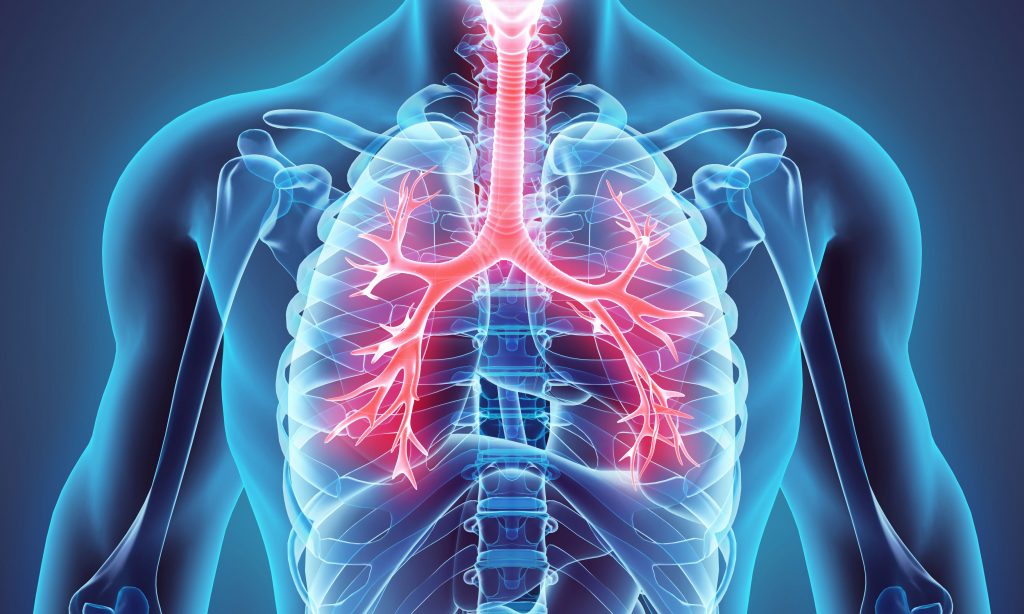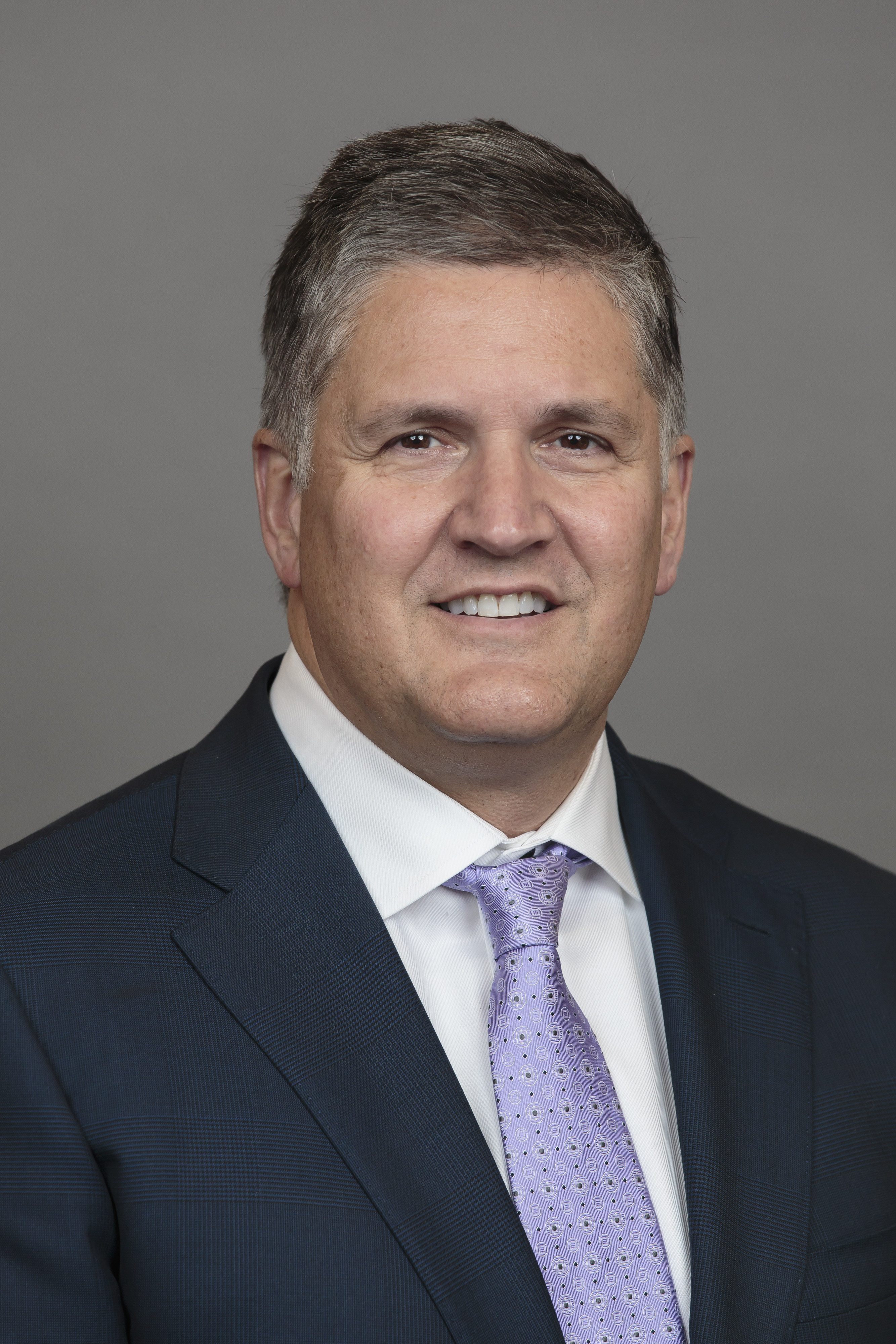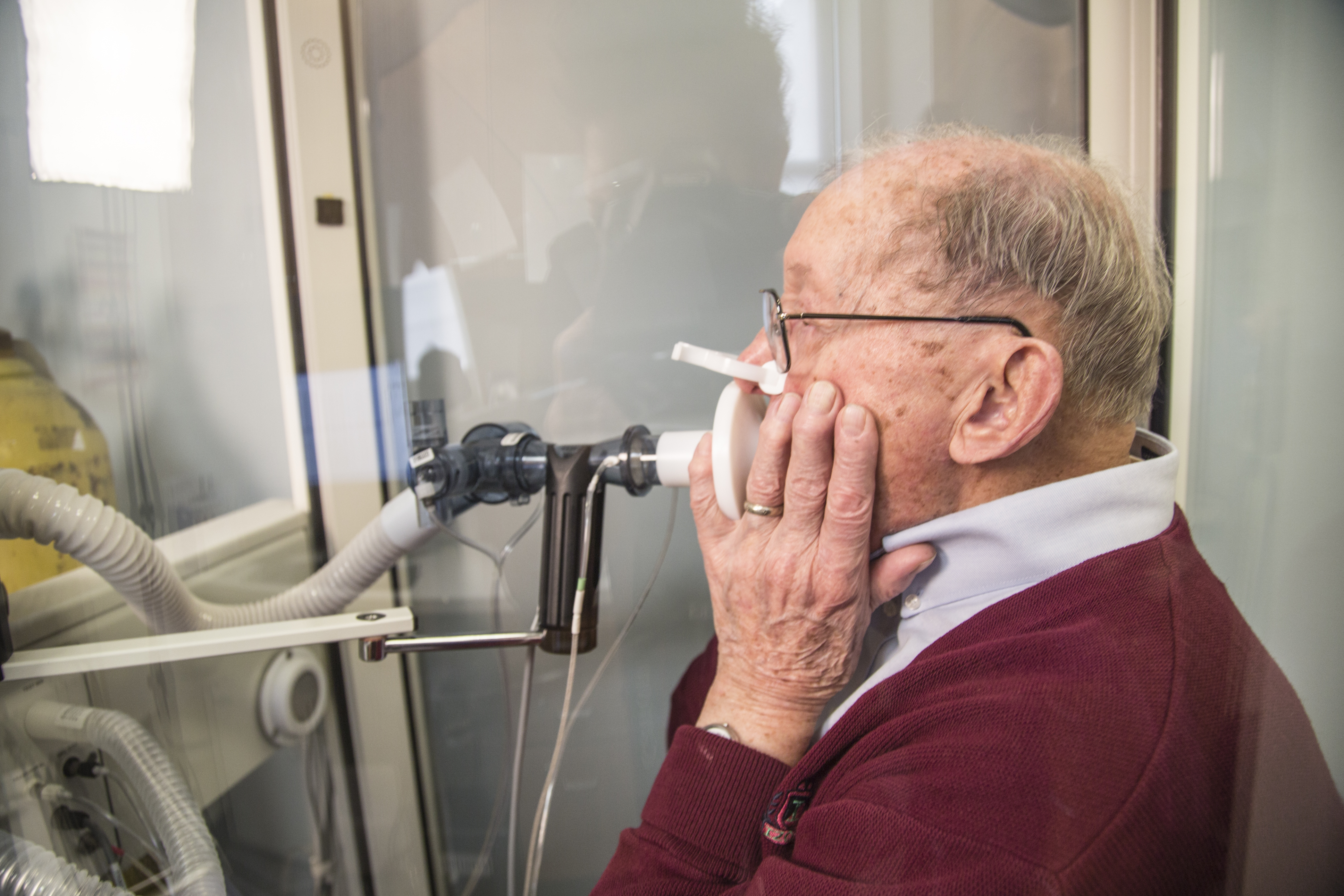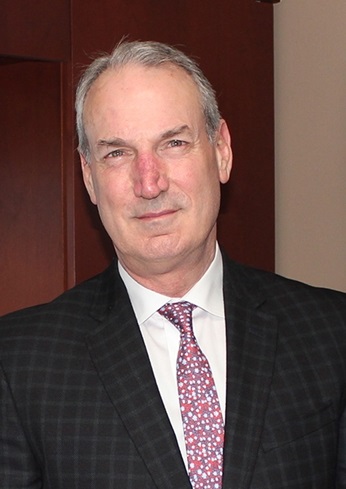A new study led by American Cancer Society researchers shows less than one-in-five eligible individuals in the United States were up-to-date with recommended lung cancer screening. The screening uptake was much lower in persons without health insurance or usual source of care and in Southern states with the highest lung cancer burden.
Tag: lung cancer screening
Memorial Sloan Kettering Cancer Center Launches Innovative Projects to Improve Health in Queens and Brooklyn
Memorial Sloan Kettering Cancer Center (MSK) today announced an innovative set of initiatives to support underserved communities in New York City who lack access to cancer screening and early detection. With critical support from longtime MSK Board Member Bruce Ratner, the Ratner Early Detection Initiative (REDI) draws from MSK’s deep experience in cancer science and discovery, community engagement, and compassionate patient care.
Innovations In Diagnosis and Treatment of Lung Cancer, Making A Difference For Patients this Lung Cancer Awareness Month
Doctors and patients available for interviews about the advancements in conjunction with Lung Cancer Awareness Month
American Cancer Society Updates Lung Cancer Screening Guideline: Nearly Five Million U.S. Adults who Smoke and Formerly Smoked Now Recommended for Testing
The American Cancer Society releasesan update of its lung cancer screening guideline to help reduce the number of people dying from the disease due to smoking history.
Cancer screenings have saved the U.S. at least $6.5 trillion, study estimates
Americans have gotten at least 12 million more years of life to live because of preventive cancer screenings they’ve gotten the past 25 years, a new study estimates. That adds up to at least $6.5 trillion in added economic impact, because of scans and tests that look for early signs of breast, colon, cervical and lung cancer in adults at the highest risk.
Lung Cancer Screening Rates Extremely Low, Worst Among the Commercially Insured
A new study from the Harvey L. Neiman Health Policy Institute found that only 1.8% of eligible Americans with commercial insurance received lung cancer screening. Rates were higher but still extremely low for Original Medicare (3.4%) and Medicare Advantage (4.6%). The study, published in the Journal of the American College of Radiology, determined 2017 screening rates for patients who were eligible for lung cancer screening by low-dose computed tomography (LDCT), as determined United States Preventive Services Task Force guidelines.
Lung Cancer Screening Has the Potential to Reduce HIV Deaths
This World AIDS Day, the Forum of International Respiratory Societies (FIRS), of which the American Thoracic Society is a founding member, is calling on the health care community to increase lung cancer screening for people with HIV who are current or former heavy smokers and may be at high risk for developing the disease. As HIV- infected individuals have high smoking rates, smoking cessation should also be encouraged.
MD Anderson Research Highlights for November 30, 2022
The University of Texas MD Anderson Cancer Center’s Research Highlights provides a glimpse into recent basic, translational and clinical cancer research from MD Anderson experts.
Lung Cancer Screening Dramatically Increases Long-term Survival Rate
Diagnosing early-stage lung cancer with low-dose computed tomography (CT) screening drastically improves the survival rate of cancer patients over a 20-year period, according to a large-scale international study being presented by Mount Sinai researchers at the annual meeting of the Radiological Society of North America.
Sanford Burnham Prebys Partners with Nation’s top cancer organizations to endorse initiative to increase lung cancer screening in the United States
Sanford Burnham Prebys has partnered with more than 50 cancer organizations to issue a call to action urging individuals, providers and insurers to increase access to and utilization of low-dose computed tomography (CT) scans for those at high risk for lung cancer.
November is Lung Cancer Awareness Month – What You Need to Know about Screenings
Lung cancer is by far the leading cause of cancer death, making up nearly 25 percent of all cancer deaths. More than 130,000 U.S. adults die from lung cancer each year – more than breast, colon and prostate cancer deaths…
Most persons screened for lung cancer meet USPSTF criteria, but adherence to follow-up screening low
A cohort study of more than one million people has found that most persons screened for lung cancer meet U.S. Preventative Services Task Force (USPSTF) criteria, but men, persons who formerly smoked, and younger eligible patients are less likely to be screened. Adherence to follow-up screening was also poor. The findings are published in Annals of Internal Medicine.
Nearly Half of Patients at High Risk for Lung Cancer Delayed Screening Follow-Up
The first study to look at follow-up for patients deemed at high risk for lung cancer after CT screening found that 47 percent delayed follow-up care, according to research published at the ATS 2022 international conference.
MD Anderson Research Highlights for November 3, 2021
The University of Texas MD Anderson Cancer Center’s Research Highlights provides a glimpse into recently published studies in basic, translational and clinical cancer research from MD Anderson experts. Current advances include the cost-effectiveness of expanded lung cancer screening criteria, a novel biomarker for predicting immunotherapy responses, development of a technique for multiplex single-cell chromatin profiling, combination immunotherapy for bone metastatic prostate cancer, understanding drivers of lung cancer metastasis, and enabling new T cell therapies for treating COVID-19.
Virtual lung cancer screening is just as effective as in-person screening
A novel telemedicine lung cancer screening effort during the COVID-19 pandemic shows that virtual single-visit screenings are just as effective as single-visit screenings done in person at the hospital.
World Trade Center Responders with the Greatest Exposure to Toxic Dust Have a Higher Likelihood of Liver Disease
Mount Sinai researchers have found evidence for the first time that World Trade Center responders had a higher likelihood of developing liver disease if they arrived at the site right after the attacks as opposed to working at Ground Zero later in the rescue and recovery efforts. Their study links the increase in liver disease risk to the quantity of toxic dust the workers were exposed to, which was greatest immediately after the September 11, 2001, attacks.
Virtual Lung Cancer Screenings Being Offered by Hackensack Meridian Health
Telehealth Visits Provide Early Detection, More Treatment Options and Better Chance of Survival

Physician and Patient Groups Call On CMS to Update Medicare Lung Cancer Screening Coverage
STS—in collaboration with the GO2 Foundation for Lung Cancer and the American College of Radiology—formally requested that CMS update its coverage policies to reflect the new USPSTF lung cancer screening guidelines.

Cancer physician-scientist offers expertise on new lung cancer CT screening recommendations
Nasser Hanna, M.D., can provide expertise on the new guidelines for lung cancer screening recently issued by the U.S. Preventive Service Task Force. The USPSTF recommends yearly low-dose CT screening for those who are at high risk of developing lung…
Lung cancer experts provide knowledge on treatment innovations, tips for successful smoking cessation and more
With Lung Cancer Awareness Month upon us, Indiana University Melvin and Bren Simon Comprehensive Cancer Center’s scientists, physician-scientists, and staff are available to offer expertise in treatment innovations, the biology of lung cancers, research initiatives, and tips for successful smoking…
Studies: E-cigarettes Don’t Help Smokers Quit and They May Become Addicted to Vaping
Two UC San Diego School of Medicine-led analyses report that e-cigarettes are not effective in helping adults to quit smoking.

The Medical Minute: Understanding pulmonary nodules
Most pulmonary nodules prove harmless. But in some cases, they can be a sign of lung cancer. Learn how doctors find, test and – if necessary – remove nodules from the lungs.

Lung Screening Bus Brings High-Tech Health Care Directly to Patients
A mobile platform for lung cancer screening with low-dose computed tomography (CT) can be developed with limited financial risk and take powerful screening tests directly to patients, including underserved rural areas where rates of new lung cancer cases tend to be higher.
Moffitt Researchers Develop Tool to Detect Patients at High Risk for Poor Lung Cancer Outcomes
In a new study published in Nature Scientific Reports, Moffitt Cancer Center researchers have shown how the use of radiomics can improve lung cancer screening by identifying early stage lung cancer patients who may be at high risk for poorer outcomes, and therefore require aggressive follow-up and/or adjuvant therapy.

UK Study Highlights Importance of Spirometry in Diagnosing COPD, Versus Over-Reliance on Medical Imaging
A UK study of patients participating in low-dose CT lung cancer screening highlights the importance of spirometry (breathing tests) in the assessment of possible chronic obstructive pulmonary disease (COPD), and demonstrates that over-reliance on radiological changes alone may result in detection of clinically insignificant disease. The new study is published online in the Annals of the American Thoracic Society.

Lung Cancer Screening Saves Lives!
Dr. Douglas E. Wood describes the findings from the NELSON Trial and what they mean for policy and program development for lung cancer early detection through CT screening.
Lung cancer screening decision aid delivered through tobacco quitlines improves informed decision-making
Researchers from The University of Texas MD Anderson Cancer Center have shown that a decision aid delivered through tobacco quitlines effectively reaches a screening-eligible population and results in informed decisions about lung cancer screening.

Expert Available to Discuss NELSON Trial and Lung Cancer Screening
WHO: Douglas E. Wood, MD, from the University of Washington in Seattle, is a world-renowned surgeon in thoracic oncology. Dr. Wood is a national and international leader in the management of lung and esophageal cancer. He has used that expertise…
Physicians and Regulators Must Act on NELSON Study published in NEJM to Support Widespread Lung Cancer Screening
The Dutch-Belgian Randomized Lung Cancer Screening Trial, known as the NELSON trial (de Koning et al), published Jan. 29 in NEJM, reconfirms that screening high-risk patients greatly reduces lung cancer deaths. Regulators and physicians should act to ensure access to these lifesaving exams.